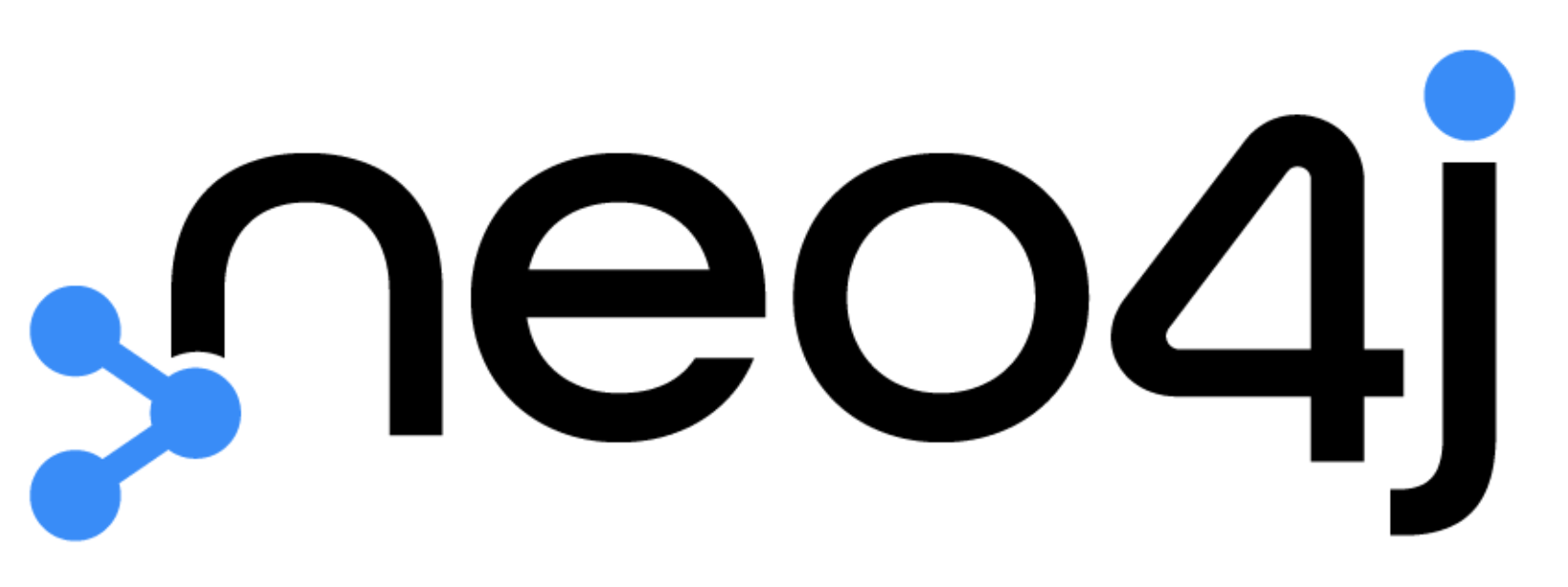
Code as a Graph: Visualizing Software with Neo4j
Exploring how graph databases can revolutionize code analysis and visualization
Powered by Neo4j Graph Database Technology
Presented by Valantine Suh
Associate Full Stack Engineer at adorsys
Introduction
Traditional approaches to code analysis are limited by linear thinking
Graph databases provide a new way to visualize and query code relationships, so today, we'll explore how Neo4j can transform code into a graph
Agenda
- Why Graph Databases for Code?
- What are Graph Databases?
- What is Neo4j?
- Our Use Case: Indexing Code Repositories
- Demo: Visualizing Code as a Graph
- Benefits & Challenges
- Conclusion
- Q&A
Visualizing Code as a Graph
Software systems are inherently interconnected - like graphs!
Why Graph Databases for Code?
- Code has natural relationships: imports, dependencies, inheritance
- Traditional databases struggle with complex interconnections
- Graph databases excel at traversing relationships
- Enable powerful queries across the entire codebase
What are Graph Databases?
These are databases that use graph structures with nodes, edges, and properties to represent and store data.
Core Components
- Nodes: Entities (Classes, Methods, Files)
- Relationships: Connections between entities
- Properties: Key-value pairs storing data
- Labels: Categorizing nodes by type
Graph vs Relational
What is Neo4j?

Neo4j is a native graphical database, which implements a true graph model all the way down to the core level, instead of using a graph abstraction on top of another technology.
Key Characteristics
- Native graph storage and processing
- ACID (Atomicity, Consistency, Isolation, Durability) compliant
- Cypher query language
- Highly scalable and performant
Cypher Query Language
SQL-like syntax for graph queries
MATCH (class:Class)-[:HAS_METHOD]->(method:Method)
WHERE class.name = "UserService"
RETURN method.name, method.complexity
Human-readable pattern matching
Performance Benefits
- Index-free adjacency: Relationships are stored as pointers
- Pattern matching: Optimized for complex queries
- Memory efficiency: Only loads relevant subgraphs
Our Use Case
"Indexing Code Repositories into Neo4j"
Transform code repositories into queryable graph structures
What We Index
Relationship Types
- CONTAINS: Directory contains files
- DEFINES: File defines classes/functions
- EXTENDS: Class inheritance
- IMPLEMENTS: Interface implementation
- CALLS: Function/method invocations
- IMPORTS: Module dependencies
- USES: Variable/resource usage
Sample Queries
Find all classes that depend on a specific library:
MATCH (lib:Library {name: "express"})<-[:IMPORTS]-(file:File)-[:DEFINES]->(class:Class)
RETURN class.name, file.path
Detect circular dependencies:
MATCH path = (a:Class)-[:DEPENDS_ON*]->(a)
WHERE length(path) > 1
RETURN path
Demo Time!
Demo Highlights
- Import a sample code
- Visualize the code structure as a graph
- Run complex queries to analyze dependencies
- Identify potential refactoring opportunities
- Show impact analysis for proposed changes
What You'll See
Benefits & Use Cases
- Code Reviews: Better understanding of change impact
- Refactoring: Safe restructuring with dependency awareness
- Onboarding: Help new developers understand codebase
- Technical Debt: Identify problematic areas
Challenges & Considerations
- Parsing Complexity: Different languages, different structures
- Scale: Large code bases require optimization
- Maintenance: Keeping graph synchronized with code changes
- Infrastructure: Neo4j deployment and management
Questions & Answers
Let's discuss your thoughts and explore possibilities!
Common Questions
- How does this compare to static analysis tools?
- What's the performance impact on large codebases?
- Can this integrate with existing CI/CD pipelines?
- What programming languages are supported?
- How do we handle dynamically typed languages?
Conclusion
Graph databases open new possibilities for code analysis and visualization
Neo4j provides powerful tools for understanding software architecture leading to ease of implementation and maintenance.Useful Links
Graph databases open new possibilities for code analysis, below are the links to relevant resources and repositories
Thank you!
Remember: Software is a graph - let's treat it as one!
Ready to start visualizing your code as a graph?
Contact: info.cm@adorsys.com